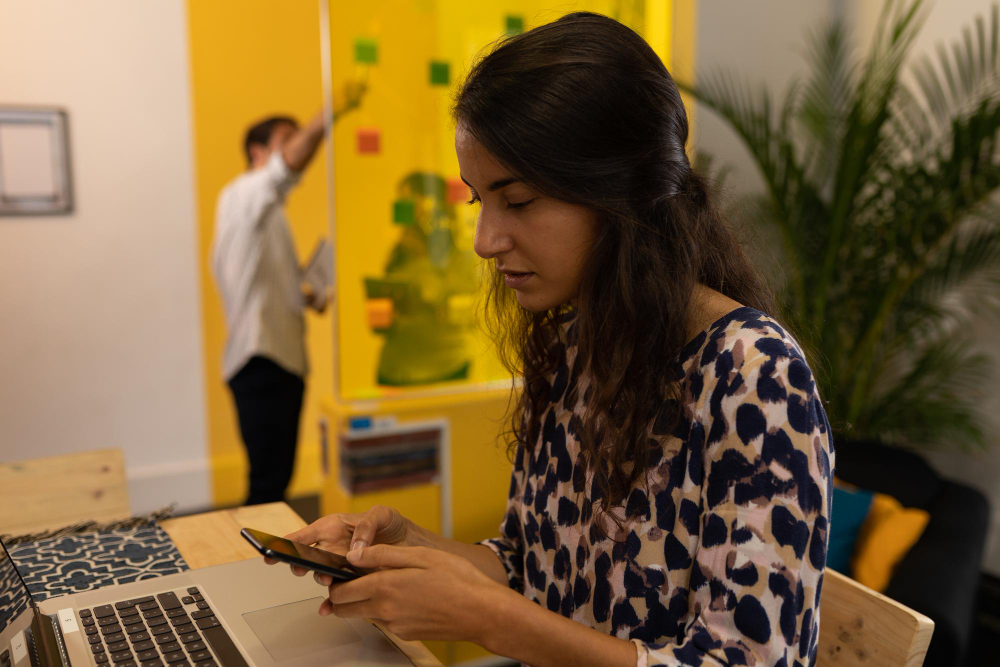
You forget 50% of what you learn within an hour. And 90% of it’s gone within a week.
Yeah, that Ebbinghaus Forgetting Curve stat hits hard. Especially when you think about all the hours we spend trying to learn something—only to have it vanish faster than your phone battery at 2%.
So, what gives?
Traditional learning isn’t broken. But it is outdated. In a world of short attention spans, tight schedules, and content overload, sitting through hour-long lectures or slogging through endless PDFs just doesn’t cut it anymore.
Enter microlearning—a smarter, faster, more realistic way to learn.
And no, it’s not just another buzzword. Microlearning is already being used in classrooms, corporate boardrooms, and everywhere in between. This blog is your no-nonsense guide to understanding what it is, why it works, and how you can use it—whether you’re a student, a professional, or just someone trying to pick up a new skill without losing your sanity.
The Shift in How We Learn

Let’s be real: our learning habits have changed. A lot.
We scroll through Reels, watch YouTube tutorials, ask ChatGPT for quick explanations, and read headlines more than full articles. Not because we’re lazy—but because we’re busy. And bombarded.
Traditional learning asks you to sit still and focus for long periods. Microlearning says: “How about we break this into small, snackable chunks you can actually remember?”
It’s not a gimmick—it’s adaptation.
Why Microlearning Works

Here’s why this approach is winning:
You actually remember stuff. Our brains process and store information better in small doses. Microlearning rides on that logic and wins.
It keeps you engaged. No one wants to stare at a 45-slide PowerPoint. But a 3-minute quiz? A 5-minute explainer video? That’s doable.
It’s flexible. Got 10 minutes while waiting for coffee? That’s enough to knock out a lesson.
This isn’t theory. Studies show microlearning boosts retention by up to 80% and doubles engagement levels compared to traditional methods.
So yeah, this isn’t just “less is more.” This is “less is smart.”
Microlearning in Action: Real-World Examples
Let’s bring this to life with examples across different settings:
High School & College

- Apps like Quizlet or Khan Academy break complex topics into mini quizzes or short videos.
- Teachers create flashcards, mini challenges, or 5-minute recap sessions to lock in learning.
Corporate Training

- Platforms like LinkedIn Learning or internal LMS systems serve up 5–10-minute training bursts.
- Think: a quick module on workplace ethics instead of a 2-hour workshop no one remembers.
Personal Upskilling

- Learning a language? Duolingo makes it a game.
- Picking up coding? Codecademy teaches you one line of code at a time, with instant feedback.
It’s the same idea across all platforms: Don’t overload. Break it down.
Learn better, faster.
How to Make Microlearning Work for You

This isn’t just about using a cool app. It’s about how you approach learning:
- Break Big Goals into Mini-Goals: Don’t aim to “learn Photoshop.” Aim to “master layers today, masks tomorrow.”
- Use Spaced Repetition: Revisit material in short bursts over time. It’s how memory sticks.
- Track the Small Wins: Check off modules. Celebrate progress. Keep the momentum going.
- Stay Consistent, Not Long: 10 minutes a day beats 2 hours once a week. Always.
- Pick the Right Tool for the Job: Videos, quizzes, podcasts, or flashcards—choose what fits your brain best.
But Wait—Is There a Catch?
A few, yeah. Like anything good, microlearning has its limits:
- It can feel… choppy. Learning bits and pieces can lead to gaps if there’s no clear path.
- Too many tools = chaos. Jumping between apps and formats? Not helpful.
- No depth without structure. Quick lessons are great, but complex topics still need some long-form support.
The fix?
Combine microlearning with the big-picture stuff. Use quick lessons to reinforce deeper study, not replace it entirely.
Final Word: Learning That Fits Your Life

Microlearning isn’t just a trend—it’s a response to how we actually live and learn today.
You’re busy. You’re juggling a million things. You want to learn—but without burning out. This approach lets you do that. One bite-sized win at a time. So, here’s your challenge:
- Pick one thing you want to learn.
- Break it down.
- Find a tool.
- Spend 10 minutes on it today.
That’s it. That’s your first step into learning that actually sticks.



